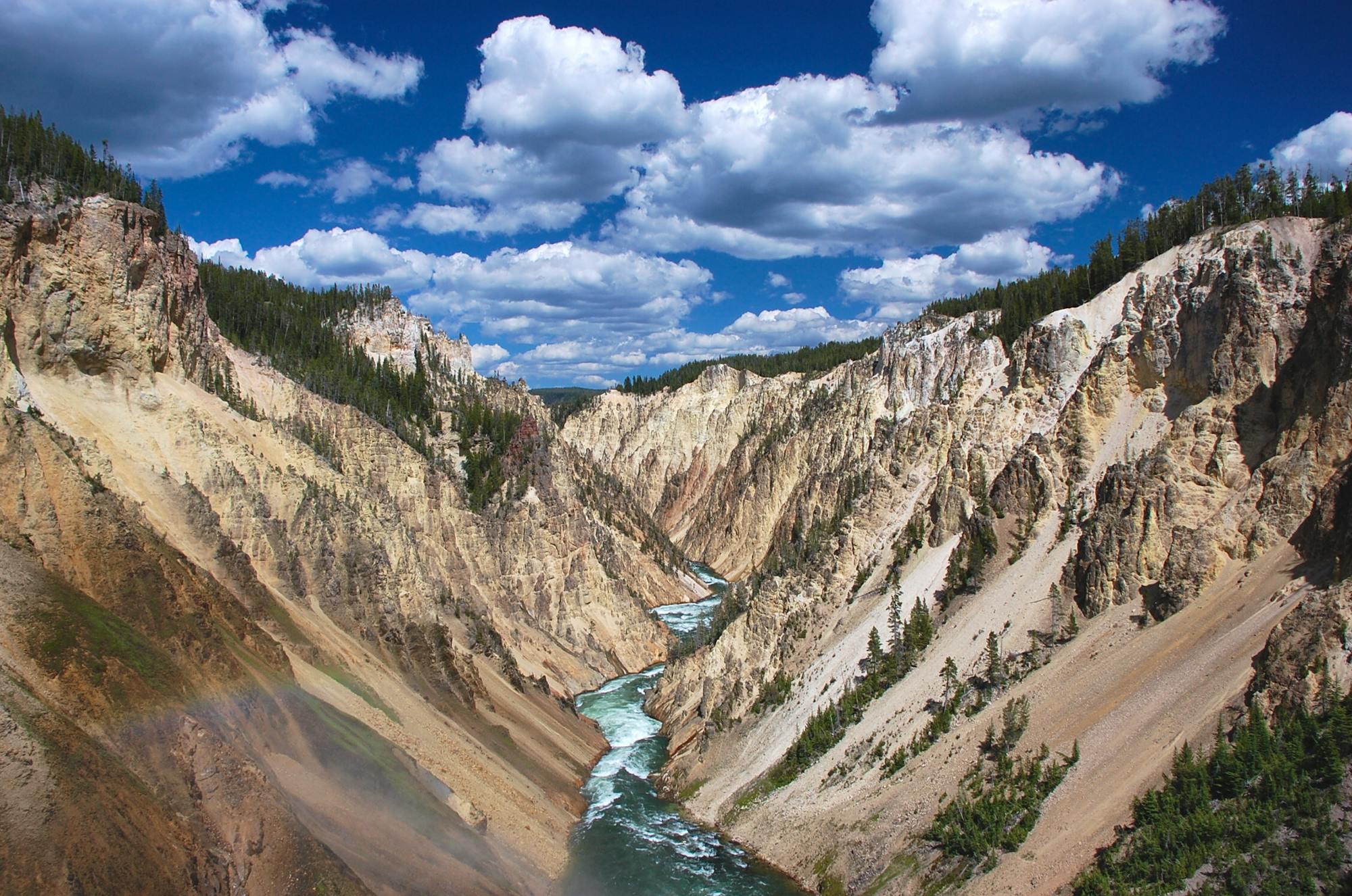Whether you’re hiking in the iconic Yellowstone National Park or waiting for a manatee’s head to emerge from the clear waters of Crystal River National Wildlife Refuge, both the National Park System and National Wildlife Refuge System provide wonderful getaways to relax and disconnect from the distractions of daily life. And, as the seasons change, families, birdwatchers and outdoor enthusiasts look for opportunities to escape into nature. So, the question is: which escape is right for you – a refuge or a park?
At a glance, parks and refuges have many commonalities. Both are managed, but not necessarily owned, by the federal government, and they provide habitat for millions of species and space for many recreational activities. But there are some key differences. To better understand which place is right for your getaway, let’s look at their distinctions.
History and Purpose
President Theodore Roosevelt created the first national wildlife refuge in 1903 on Pelican Island, Florida, 31 years after President Ulysses S. Grant established Yellowstone in Wyoming as the first national park. Although both were established within a few decades of each other, their main purposes were quite different. Yellowstone was founded to preserve the natural features of the land for the public benefit. Pelican Island was established to protect overhunted brown pelicans, egrets, roseate spoonbills and countless other birds that nest on the small island.
Today, these differences are reflected in the management of the respective system. Refuges are managed to conserve plants and animals and associated habitats for the benefit of present and future generations. National parks, on the other hand, are managed to conserve and protect the natural resources within the system, while providing enjoyment for the public.
While only Congress can create national parks, national wildlife refuges can be created by Congress, Executive Order and the U.S. Fish and Wildlife Service. An exception to this rule is that national monuments, like Arches National Monument and Ackia Battlefield, are created by Executive Order and may be added to the national park system. Marine national monuments are also created by Executive Order, but are added to the refuge system. Congress gave this authority to the executive branch so the FWS can move nimbly when needed to protect priority habitats for wildlife and people alike. Both types of land are important tools in leading conservation efforts as we know them today.
Recreational activities
National parks and national wildlife refuges host a range of activities that will keep visitors entertained for days. Hiking, birdwatching and climbing are just a few of the exciting options. Visitors must keep in mind, however, that refuges are managed for wildlife, not people.
Visiting a refuge requires vigilance to avoid disturbing wildlife and their habitat, which affects the activities available. Camping is limited to only a few refuges and winter sports such as skiing or snowmobiling are restricted on others. Although parks are managed for the public, as well as for conservation, and offer a similar range of activities, both types of land need to be treated with respect. When visiting, be aware of your footprint and do not approach wildlife.
No matter the reason for visiting, be sure to check the park’s or refuge’s site for the recreational list, rules and any unplanned interruptions before heading out.
Future
The national wildlife refuge and national parks systems consist of 940 million land and marine acres beloved by the public and wildlife alike. They are integral to the future of wildlife and wild places we all cherish. Defenders of Wildlife is proud to work alongside partners and coalitions in fighting for increased funding, aiding conservation projects, and strengthening policies protecting the ecosystems and wildlife within these national treasures.







